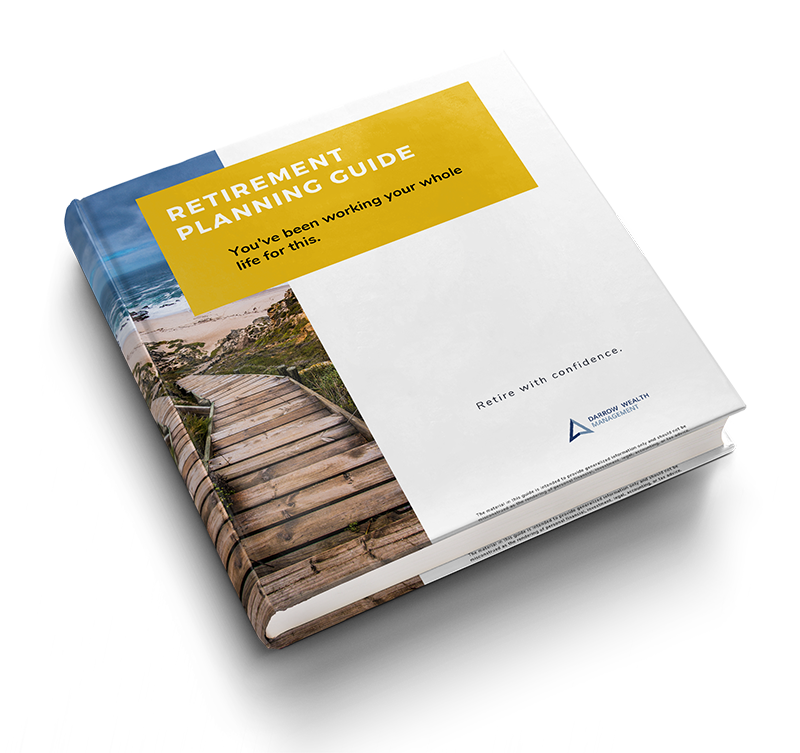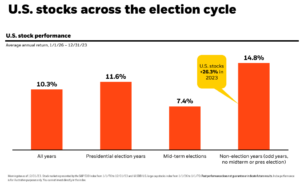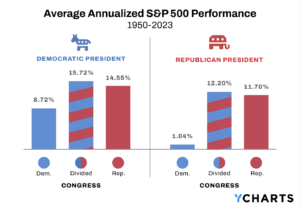If you’re looking for a self-employed 401(k) look no further than the Solo 401(k) plan. The Individual (or Solo) 401(k) plan is very similar to a Traditional 401(k) plan, only designed for business owners with no employees. Compared to the other types of retirement plans typically used by small business owners, the Solo 401(k) offers a higher contribution limit, tax-deferred growth, a wide array of investment options, and loan provisions.
There is a lot to juggle as a business owner, but don’t overlook the importance of having a solid investment management strategy and retirement plan. The Individual 401(k) is one of the best self-employed retirement plans for solopreneurs or someone running a business on the side.
The Individual or Solo 401(k) is only suitable for self-employed individuals or the owners of a small business (sole proprietors, partnerships, C and S corporations) with no other employees, unless that employee is a spouse. If you have other employees or expect to hire in the future, this likely is not the best option for you.
 Top 4 benefits of using a Solo 401(k) as your self-employed retirement plan:
Top 4 benefits of using a Solo 401(k) as your self-employed retirement plan:
- Contribution limits are likely higher than a SEP IRA for many business owners
- Easy and affordable to set up and contribute to
- Tax deductions for you and your business
- Flexible for you to start and stop contributions as an individual or from the company
How much can you contribute to a Solo 401(k)?
Contribution Limits
Contributions for self-employed 401(k)s come in two parts: the elective contribution (at the individual level) and a profit sharing contribution (at the business level):
- The maximum elective deferral in 2023 is the lesser of $22,500 ($30,000 if over age 50 due to the $7,500 catch up contribution) or 100% of W-2 compensation or net self-employment income.
- A profit sharing contribution can also be made of up to 25% of W-2 wages or 20% of net self-employment income for a partnership, sole proprietorship, or single-member LLC that has not elected to be taxed as a C-corporation or S-corporation.
In 2023, the total annual contribution for the company and individual together cannot exceed $66,000 ($73,500 if over age 50).
Self-Employed 401(k) Tax Deductions
The Individual 401(k) offers tax benefits like other qualified retirement plans. For sole proprietors, the employee and employer contribution is combined as an above-the-line tax deduction.
If your business is taxed as a C-corporation, S-corporation, multi-member LLC or partnership, the tax benefits will be split in two parts:
- Your employee contribution will reduce your W-2 taxable income as an above-the-line tax deduction.
- The profit sharing contribution from the business is a deductible business expenses, reducing the company’s net taxable income, which then reduces the taxable income that passes through to an owner on their K-1.
Can I contribute to a Solo 401(k) and a 401(k) at my day job?
Other Benefits of Saving with a Self-Employed 401(k):
- 401(k) loan provisions. Potentially penalty-free loans from your 401(k) subject to certain limits.
- Flexibility. The Solo 401(k) allows optional contributions by both the individual and the business. You can change this amount during the year or decide to skip it if you wish.
- Catch-up contributions. The availability of the catch-up contribution after age 50 may allow business owners to save more compared to other types of qualified retirement plans.
- After-tax Roth component. Similar to other 401(k) plans that have a Roth component, an Individual 401(k) can be designed as either a Traditional Individual 401(k) or a Roth Solo 401(k) plan. There are no income limits for contributions to a Roth Solo 401(k). But keep in mind, annual contributions must stay within the limits.
-
- SECURE Act 2.0 Planning Note: In 2024, there will be a new requirement that plan participants age 50+ make catch-up contributions to a Roth account. Currently, pre-tax or Roth contributions are allowed. The new rule offers an exception for workers who earned less than $145,000 (indexed) the previous year for the same employer.
-
Possible Drawbacks to Consider:
- Administration and reporting. Unlike the SEP IRA which is not subject to annual IRS filings, annual reporting is required for Individual 401(k) plans. Filing form 5500 is necessary when the account reaches $250,000 at the end of the year
- No employees allowed. Except for a spouse, Solo 401(k) plans do not allow any other employees of the business
- More restrictive timelines to set up and fund. Compared to the SEP IRA, the Solo 401(k) offers less flexibility for business owners to set up and fund. Plans must be set up by December 31st in most cases. Unincorporated businesses (sole proprietorship, LLCs) must fund their plan by the corporate tax return deadline, including extensions. Individual elective deferrals must be declared by December 31st even though funding can be postponed. Incorporated businesses (C or S corporations) may also wait until the tax filing deadline, including extensions, for the employer contribution. However, employee deferrals must occur within 7 days of electing the contribution. To avoid issues, annual employee contributions should be done before December 31st.
Choosing Between a SEP IRA and Solo 401(k)
Business Owners: It’s Not Too Late to Lower Your Taxable Income for the Year
Retirement planning for business owners with a self-employed 401(k)
As a business owner, you are always juggling multiple priorities and likely focused on short-term hurdles. It may be difficult to even think about having the cash flow to save for retirement, especially early on. One of the advantages of being an entrepreneur is the flexibility to do things independently and on your terms. Of course, with that comes the responsibility to do everything independently, including setting up and funding your inevitable retirement.
At Darrow, we strongly encourage business owners and entrepreneurs to start saving for their retirement today, no matter how far off it may seem. By taking advantage of one of a retirement plan for self-employed business owners, you have the ability to reduce your taxable income today while investing for the future. Betting the farm on a liquidity event down the road is a dangerous proposition. The only real sure thing is that one day you will want to, or need to, retire.


 Top 4 benefits of using a Solo 401(k) as your self-employed retirement plan:
Top 4 benefits of using a Solo 401(k) as your self-employed retirement plan:







